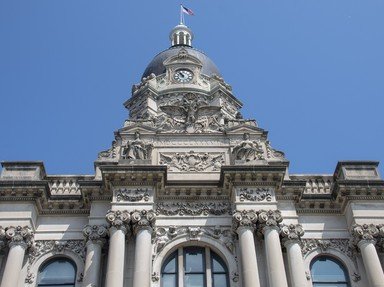Quiz Answer Key and Fun Facts
1. Since the UCC defines a "check" as a "draft", this means that a check is considered which of these two?
2. Which of the following types of checks is the only one that is NOT defined in section 3-104 of the UCC?
3. Why would a cashier's check ordinarily be less risky for a payee than a personal check?
4. Bearer paper, which means that anyone in possession of an instrument has the right to payment, can be created by all EXCEPT which of the following words?
5. For a bank to charge a customer's account upon receipt of a check, the UCC's "properly payable rule" codified in section 4-401 essentially requires that the item is what?
6. Under the UCC, a bank is ordinarily not required to pay a check if it is presented how much time after the instrument's date?
7. Under UCC section 4-402, what is the term for when a bank inappropriately refuses to pay an otherwise valid check, allowing the customer to sue the bank?
8. The bottom of a check has what is known as a MICR line, which contains several important pieces of information. What does MICR stand for?
9. The U.S. Congress passed Regulation CC in 1987 in an effort to balance the interests of both banks and their depositors. Which two words complete the alternative name Regulation CC, the "Expedited ___ ___ Act"?
10. Which of the following is the commonly-used name for a check clearing law that was passed in 2003 to facilitate digital payments in a new century?
Source: Author
Lpez
This quiz was reviewed by FunTrivia editor
trident before going online.
Any errors found in FunTrivia content are routinely corrected through our feedback system.
